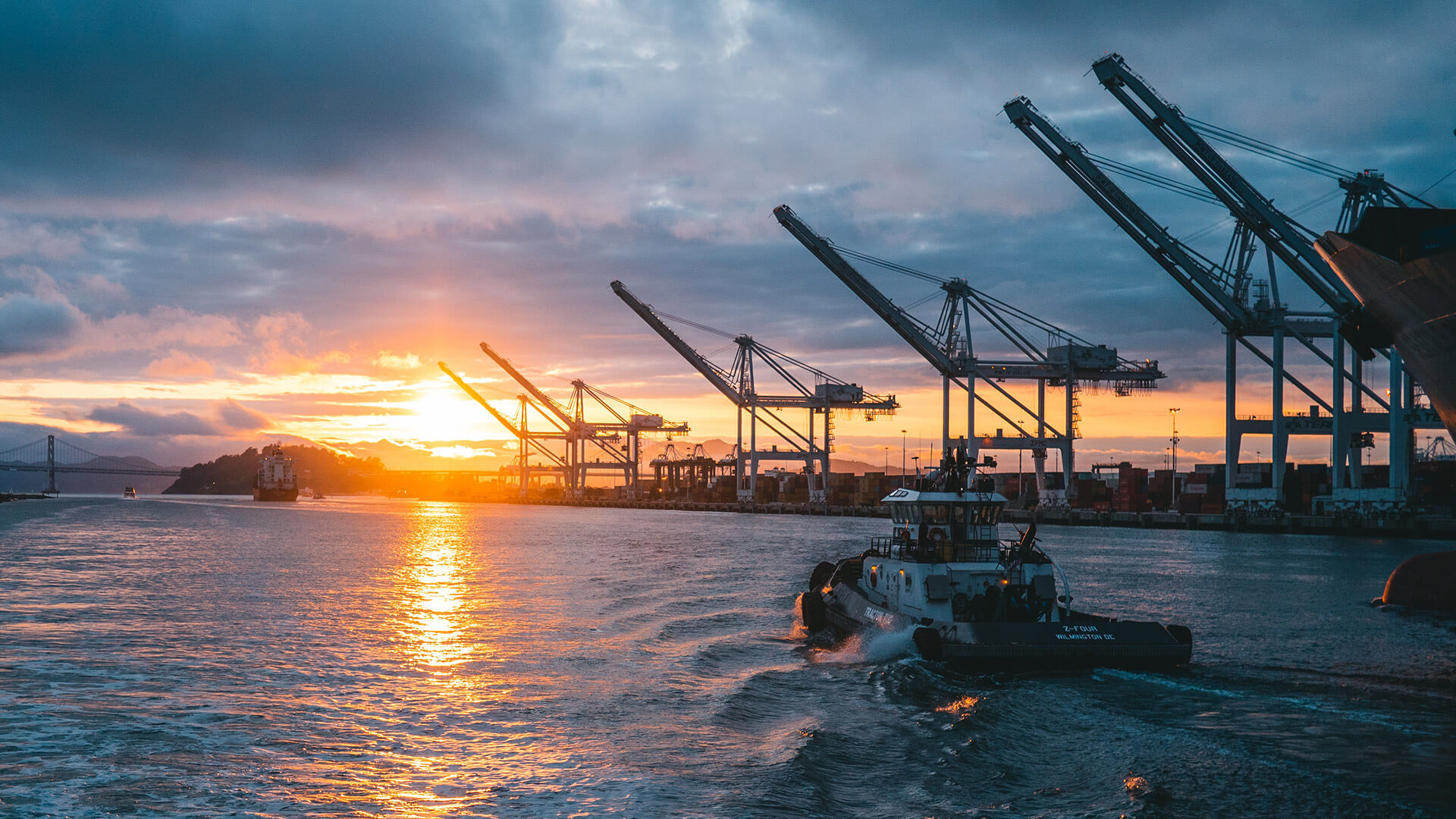- Home
- Investor Centre
- Sustainability
- Talent
- News
- TH!NK
- Corporate Governance
- Company Profile
- Board of Directors
- MCB Offices
Contact Info
Trade report 2025: The true potential of Africa lies in trading with itself
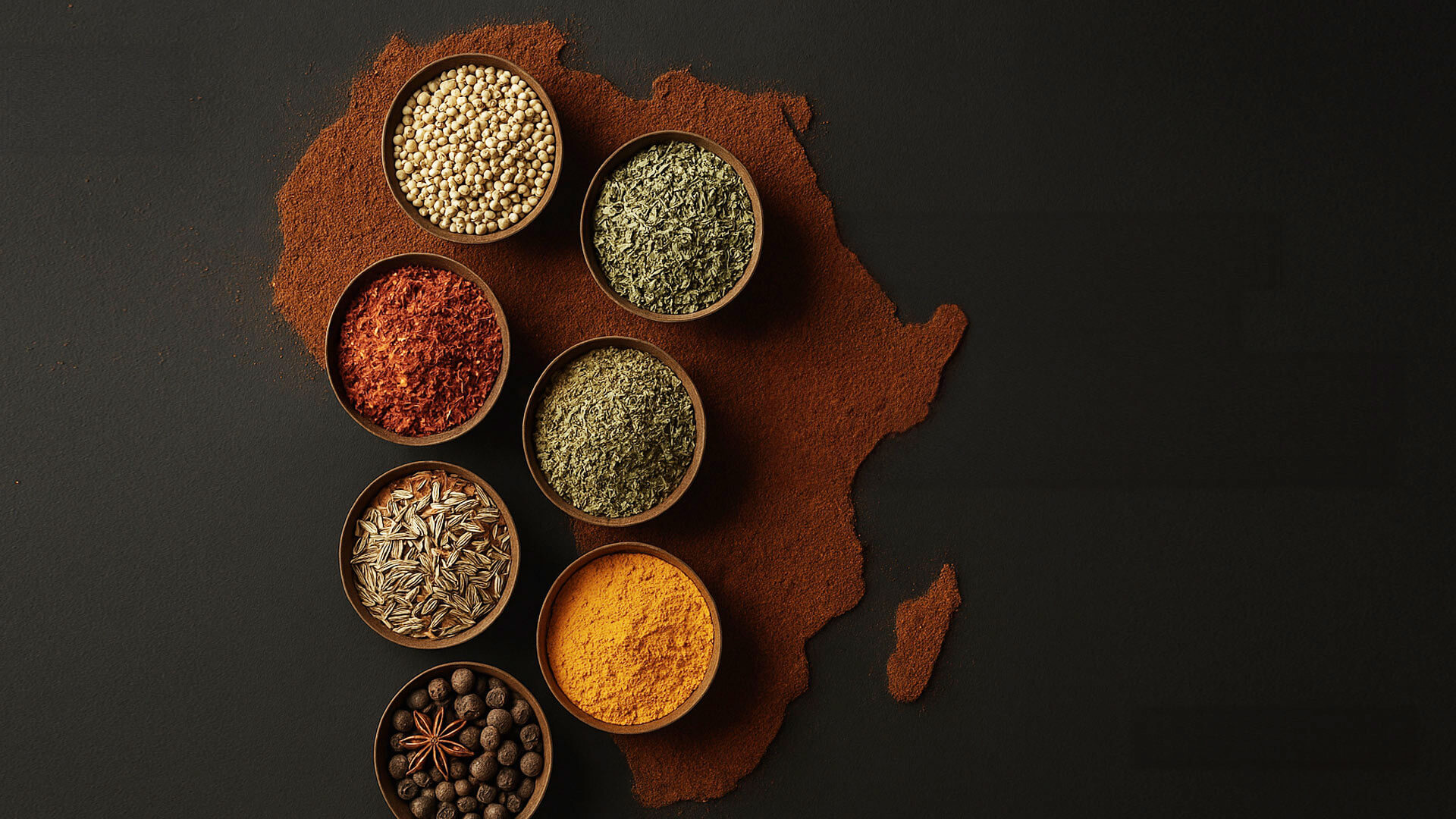
During the past decades, some gradual headway has been observed in trade across the continent. As per the IMF, since the 1980s, the share of regional exports in total exports has more than tripled. The true potential of Africa lies in trading with itself – this not only boosts growth but also fosters unity across the continent. As demonstrated by the IMF, on average, a 5 percentage point increase in the export-weighted growth rate of intraregional partners is associated with about a 0.5 percent increase in the growth of a typical sub-Saharan African country.
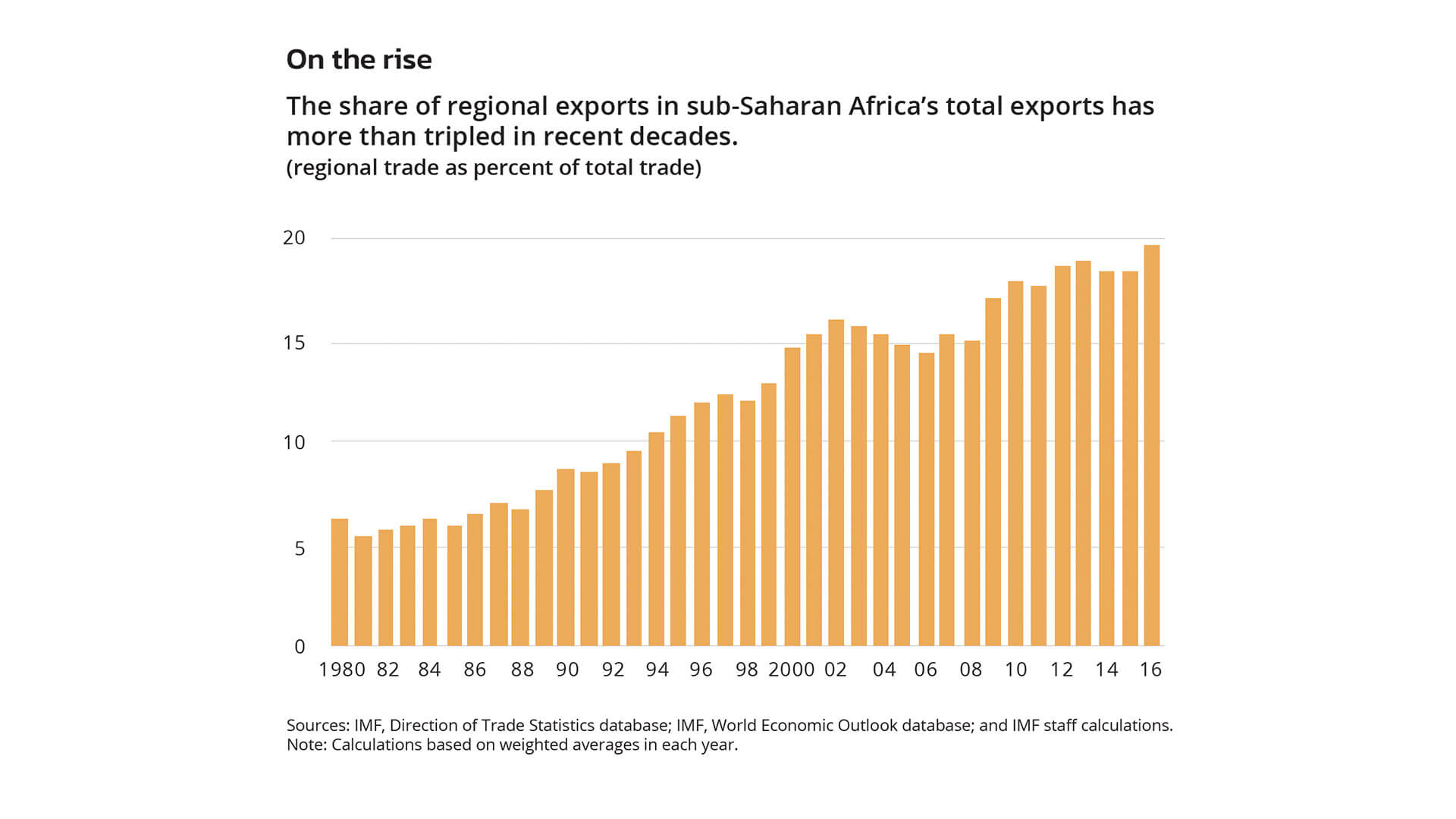
Yet, on the whole, intra-African trade continues to lag key regions, accounting for only 16 percent of Africa’s total trade in 2023, compared with intra-European Union trade, which stands at around 70 percent and intra-Asian trade at around 60 percent. The slow growth in intra-African trade underscores the continent’s continued reliance on external markets, which exposes it to global economic shocks and disruptions. By enhancing intra-African trade, it is widely believed that Africa could reduce dependency on external markets, fostering economic independence and stability across the continent. Despite multiple regional trade agreements and the African Continental Free Trade Area, several factors contribute to a low share of intra-African trade. These include, amongst others, infrastructure deficits, trade barriers, limited product complementarity, and historical trade patterns. The remaining 84 percent of African trade, amounting to USD 1.07 trillion, is extra-African trade, primarily with partners such as China, the European Union, and the United States. Africa has historically traded more with Europe, particularly with the EU, than with any other region. However, over the years, that trend has been gradually shifting with the rise of emerging countries, led by China and India, which has enabled African countries to deepen the geographical diversification of their trading partners across the South. At the same time, growth stagnation in Western Europe has significantly dampened Europe’s demand capacity for Africa’s commodities in recent years.
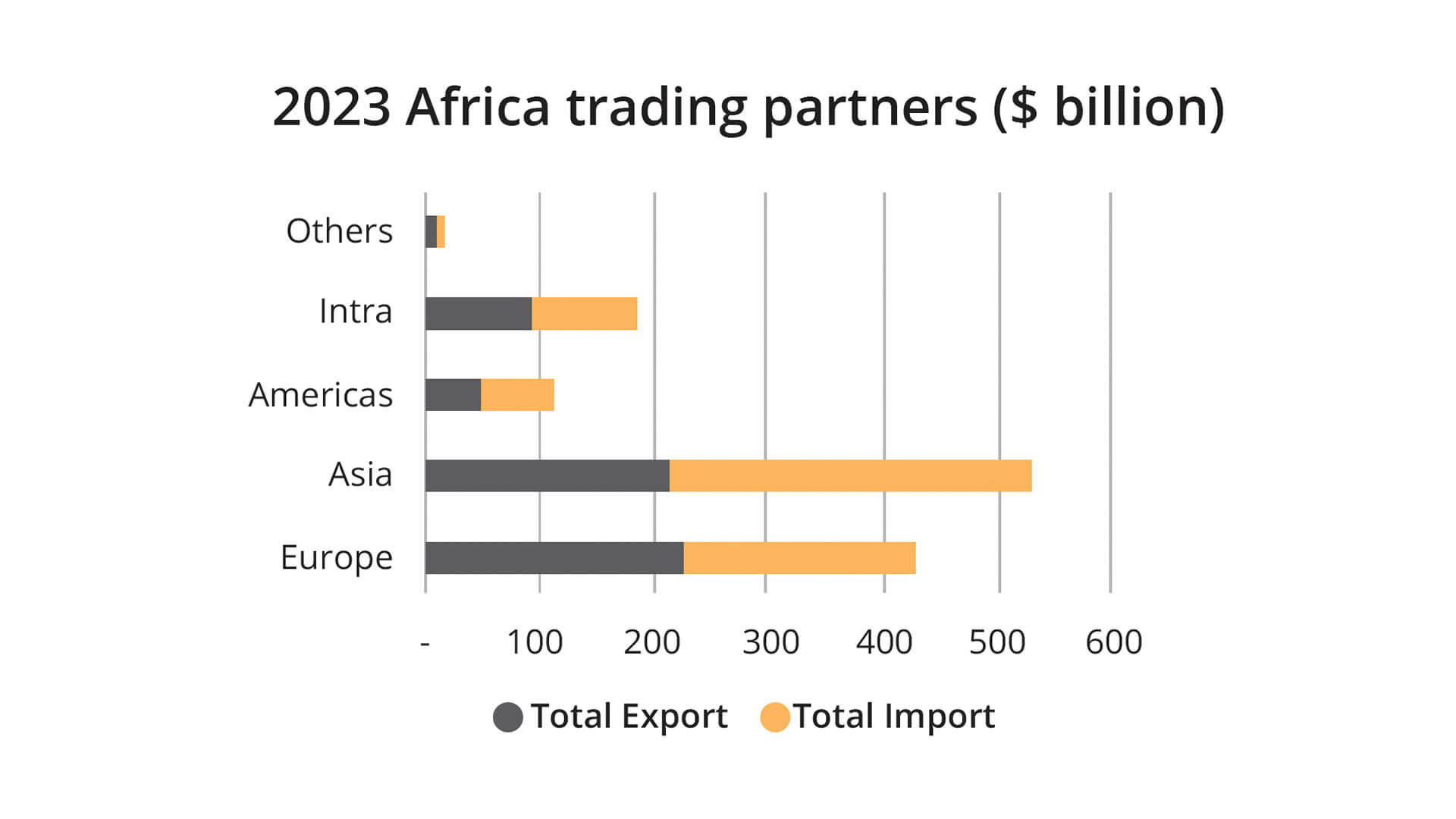
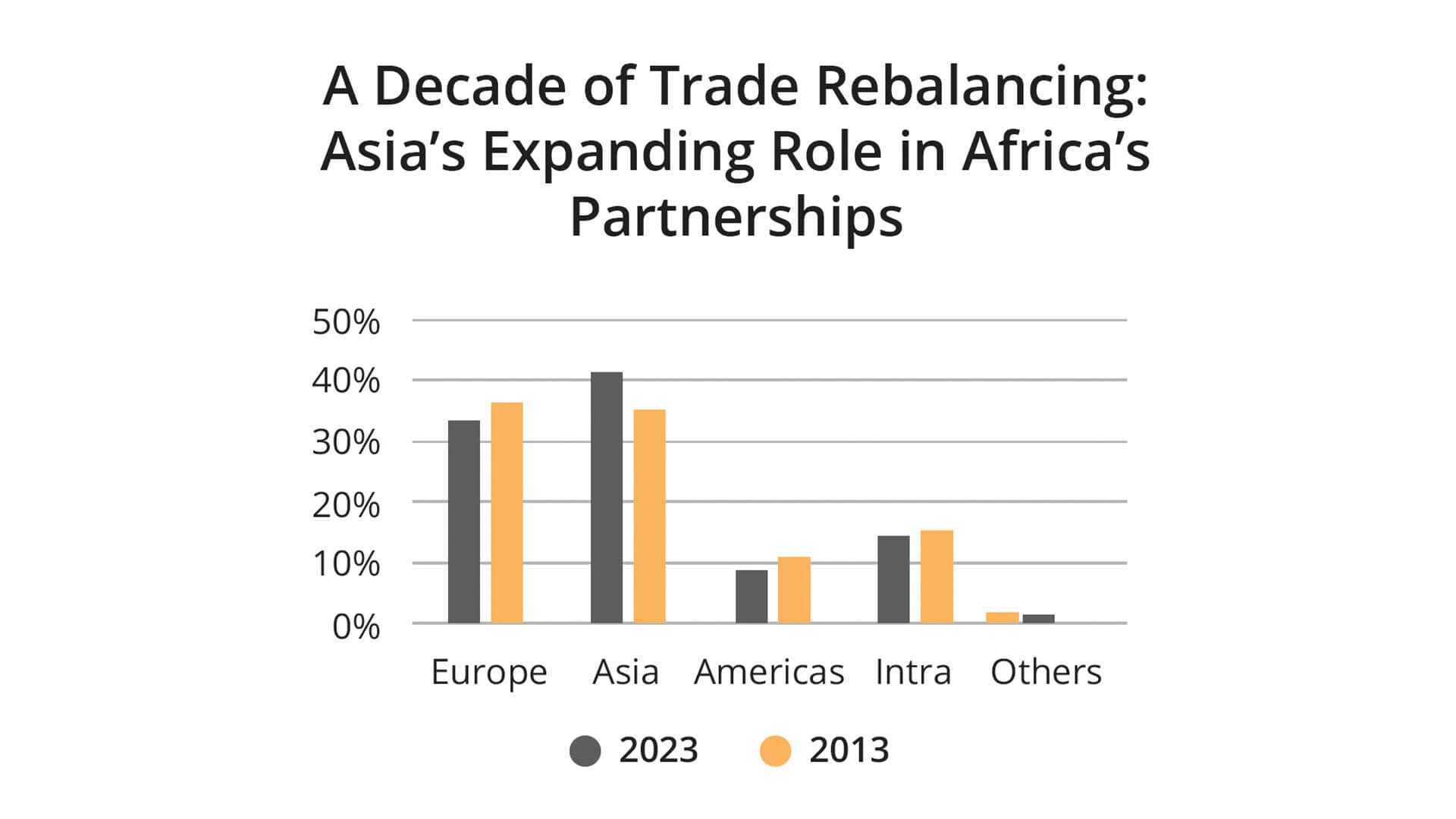
There are important caveats when it comes to optimism about sub-Saharan African integration, though—most of which indicate that the continent still has a long way to go to reach full integration. Today, the bulk of intraregional trade is highly concentrated. Ten sub-Saharan countries represent 65 percent of total regional demand for intraregional exports and, as the destination market for most of the intraregional trade, they have the potential to generate the largest regional spillovers. Southern Africa emerges as the primary driver, contributing a remarkable 41.1 percent in trade with neighboring countries. West Africa solidified its position as the second-largest trading sub region, followed by East Africa.
At country level, South Africa has long been the leading driver of intra-African trade, accounting for around 20 percent of total intra-African trade in 2023. This concentration of trade activity in a few key countries, such as South Africa, Côte d’Ivoire, Egypt, and Nigeria, underscores the uneven distribution of trade benefits within the continent...
This article is an extract of the MCB Trade Report 2025.
Request the full report here
Subscribe to our Email Alerts
Stay up-to-date with our latest releases delivered straight to your inbox.
Contact
Don't hesitate to contact us for additional info
Email alerts
Keep abreast of our financial updates.










